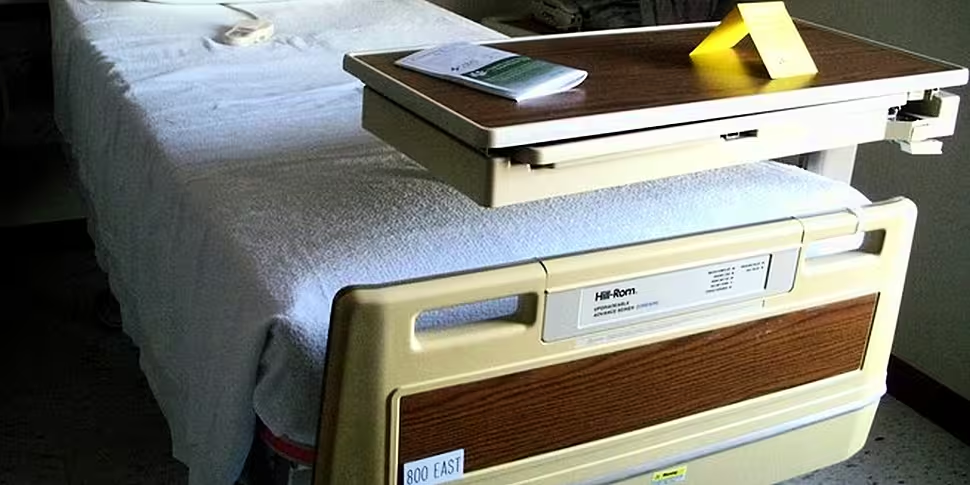International experts have said waiting times in Irish hospitals could be slashed by switching the country to a computer system used in Macedonia.
The systems integration programme provides doctors with centralised access to the diaries of specialists and surgeons - without installing expensive new software nationally.
The programme uses technology that hospitals already possess to collate a central diary for specialist appointments.
The centralised schedule saw waiting times slashed in Macedonia and it has now also been introduced in Serbia - where authorities were able to roll it out within eight months.
After the system was introduced, Macedonia jumped 11 places - from 27th to 16th - on the European Health Consumer Index (EHCI) - the largest advance any country has made since the index was introduced.
Serbia jumped six places from 30th to 24th in the latest list after following Macedonia’s lead.
Europe's worst waiting times
Health Minister Simon Harris has come under increasing pressure to tackle waiting lists in recent days as the latest EHCI release revealed that even if government targets are met, Irish patients will still be facing “the worst waiting time situation in Europe.”
Minister Harris said he is “ashamed" and "heartbroken” by the ordeal facing patients in Ireland after an RTÉ investigates programme last night revealed the problem to be far worse than originally thought.
According to the report there are tens of thousands more patients on waiting lists around the country than were included in the official figures.
“The personal stories of the people waiting for treatment are deeply moving and the experiences they describe are absolutely inexcusable,” said Minister Harris.
He has asked the HSE to produce a new action plan to improve waiting times in acute hospitals in response to the crisis.
Speaking to Newstalk Breakfast this morning, the head of the EHCI research team, Professor Arne Björnberg said Ireland would be an “absolutely beautiful candidate” for the Macedonian programme - because the Irish health care system is already more centralised than other EU states.
Mr Björnberg said that when specialist’s appointments are centralised, it often becomes clear that there are a lot more appointment slots available than previously estimated.
Professor Björnberg introduced the system in Serbia - where authorities got up and running within eight months by hiring the original Macedonia team to implement it.
He was unwilling to provide an exact cost for the Serbian project but said he considers it “very affordable” at “far below $10m” (€9.4m) for Serbia’s population of seven million.
Financing healthcare
The chair of the Irish Medical Organisation, Dr Peadar Gilligan told Newstalk Breakfast that while improved IT systems are important, money is still the biggest issue facing the health care system.
He said there are currently over 270 vacant specialist consultant posts in Ireland - meaning that in certain parts of the country there is nobody to manage the waiting list or even assess patients.
“There is a huge challenge in recruitment of doctors to Ireland because of the lack of resourcing of the hospital and indeed the primary care system in Ireland,” he said.
“We have to get those basic building blocks right.”
He said the Irish acute hospitals budget was consistently cut year-on-year throughout the downturn and while there has been a huge amount of work done since there is still a lack of resourcing.
“Yes, knowing how many out-patient appointments might be available and how many consultants are in a position to provide those would be very, very useful information,” he said.
“And yes, we do need development of our infrastructure around information technology but we need to invest and we need to invest consistently in the health care of our nation.”
Secret waiting lists
The total number of people waiting on the inpatient/daycase waiting list as published by the NTPF on December 30th last year was 81,015.
However according to the RTÉ investigates programme, there are at least two other waiting lists which are not published by the NTPF.
One of those is the pre-planned list containing names of thousands of patients who require follow up treatment.
The second list is known as the pre-admit list. It too contains thousands of patients from across the country waiting up to 18 months on surgical procedures.









